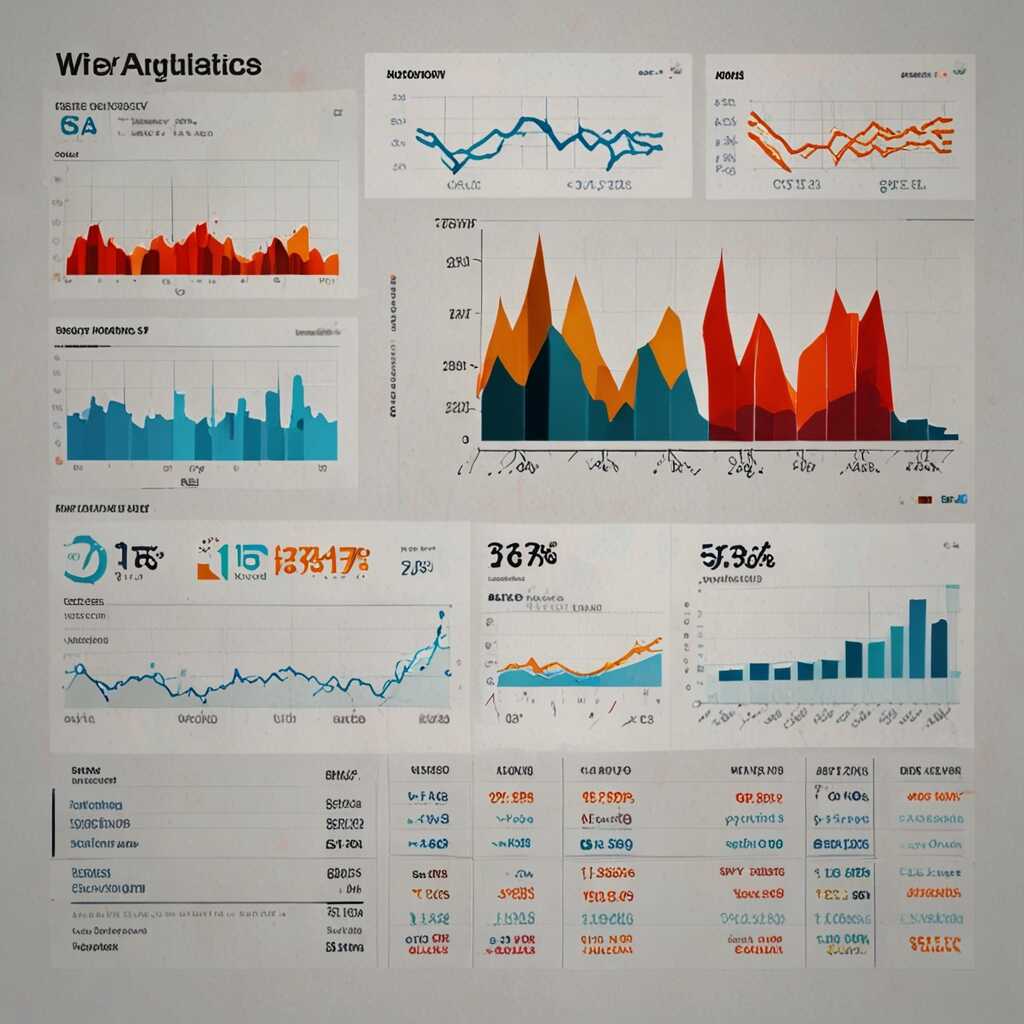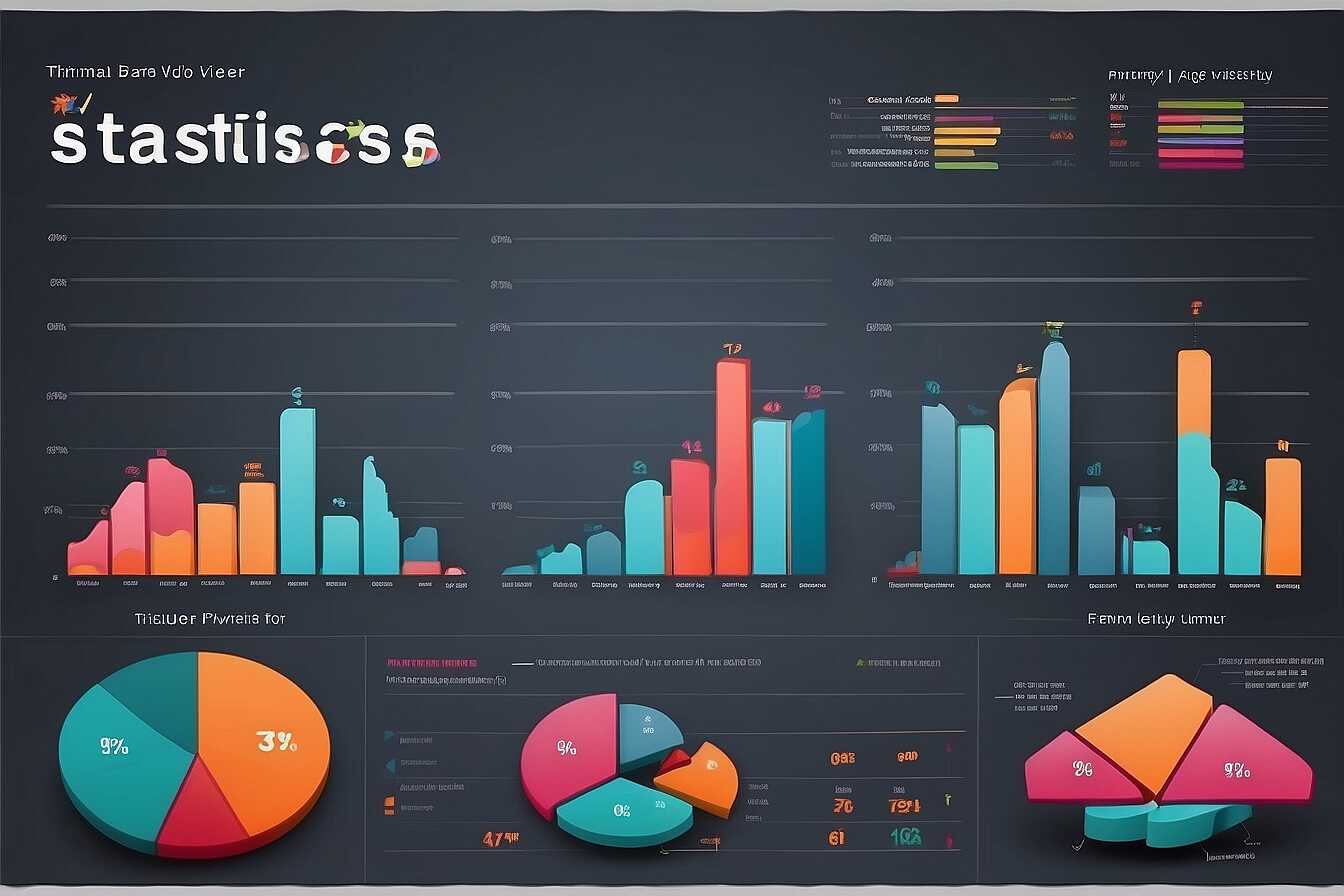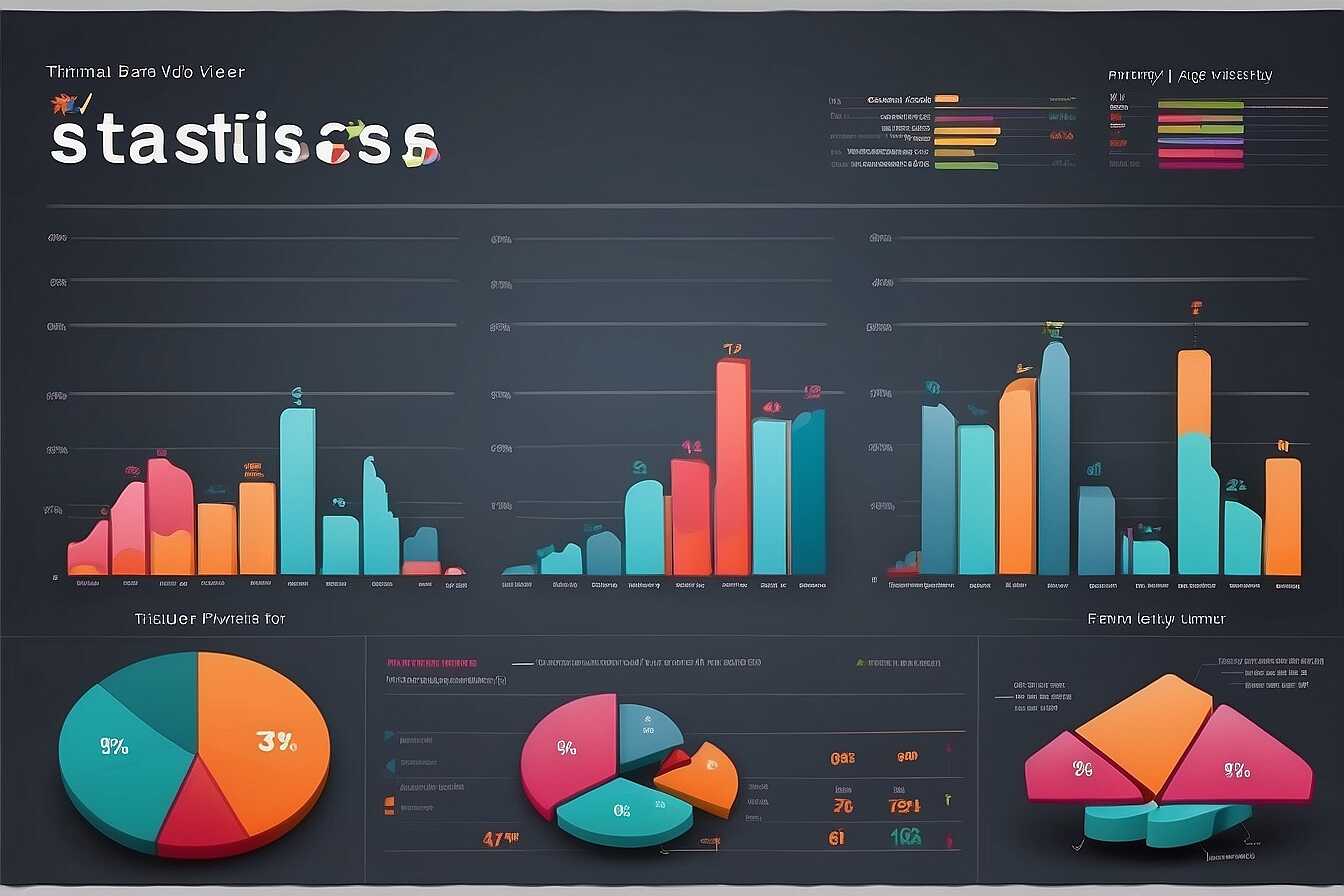Enhance image visibility with structured data markup techniques to boost your SEO efforts and improve search rankings. Using structured data effectively helps search engines understand and display your images more prominently, which can lead to increased traffic. As a Technical and Onpage SEO Analyst at Metrics Rule in Vancouver, I specialize in leveraging these techniques for impactful results. By implementing structured data, you can enhance your image SEO performance and stay ahead in the competitive digital landscape.
Exploring the Fundamentals of Structured Data Markup for SEO
Structured data markup is a standardized format for providing information about a web page and its content. It uses a specific vocabulary to help search engines understand the context of the information. This is especially important for SEO as it enhances image visibility in search results. By implementing structured data for images, you can help search engines understand what the image represents, which in turn can improve the reliability and efficiency of search results. Overall, around 30% of websites are projected to utilize structured data by 2025, enhancing their visibility in highly competitive search spaces.
Benefits of Implementing Structured Data for Images
Implementing structured data for images provides crucial benefits including improved indexing and higher chances of appearing in rich results. By using relevant schemas, like Schema.org, you can offer detailed data about your images, such as captions and descriptions. This enhances user experience by enabling more informed clicks, leading to better engagement. When search engines recognize properly marked images, they tend to rank your content higher, especially in e-commerce scenarios. This means that effective structured data helps enhance your site’s visibility and performance in search engine results, particularly in competitive markets like Vancouver.
Boosting Image Searchability Through Detailed Metadata Strategies
Detailed metadata plays a crucial role in enhancing image visibility in search results. It provides essential information about the image’s context to search engines. Including titles, alt text, and descriptions in your metadata helps ensure that your images are indexed properly. This technical SEO measure provides invaluable data to search engines like Google and Bing, enabling them to understand and rank your images effectively. By including relevant keywords in your metadata, you can significantly enhance searchability and improve your site’s overall SEO performance.
Essential Types of Metadata for Optimal Image Optimization
Essential types of metadata for optimal image optimization include the file name, alt text, title, and description. The file name should be descriptive and include relevant keywords related to the image. Alt text serves as a textual description for screen readers and is crucial for SEO. Titles should capture the image content accurately, while a well-written description provides additional context. Research indicates that optimized images can lead to a 30% increase in clicks in search results. Utilizing these metadata strategies can dramatically enhance your visibility in search engines, making your images relevant and accessible to users.

Effective Schema Markup Implementation Techniques for Images
Implementing schema markup for images involves several best practices that can boost your SEO results. Start by using the ImageObject schema to define your images accurately. This schema provides essential metadata like the image URL, caption, and width and height. Ensure that each image on your page has unique alt text that describes its content. Include the @type attributes relevant to your entities, such as Product for e-commerce images or Article for blog visuals. By doing so, you enhance image visibility in search results, making it more likely that users will click through and engage with your site. Research shows that using schema markup can result in up to a 30% increase in click-through rates.
Enhancing E-Commerce Product Images with Schema
To improve the performance of e-commerce product images using schema markup, you should implement the Product schema. This structured data markup allows you to include rich attributes such as the product name, brand, aggregate ratings, price, and availability. For example, when an online store uses schema markup correctly, they enhance image visibility in search results and provide users with comprehensive information at a glance. This practice not only enriches the user experience but also can significantly boost sales conversion rates. Moreover, tools like Google’s Structured Data Testing Tool are invaluable for verifying your schema implementation, ensuring everything functions as intended, and maximizing your SEO potential in 2025 and beyond.
Key Numerical Metrics for Image Optimization Strategies
- Image alt text can improve search visibility by up to 50%.
- Structured data can increase click-through rates by 25% on average.
- Over 75% of users ignore search results without images.
- Implementing schema markup can boost organic traffic by 30%.
- Images with proper tags can lead to a 20% increase in mobile engagement.
- Including image metadata increases the likelihood of appearing in visual searches by 15%.
- Sites with optimized images load 32% faster on average compared to non-optimized sites.

Technical Strategies for Optimizing Images for Enhanced Indexing
To enhance image visibility through effective technical strategies, focus on several key areas. First, utilize HTML attributes for images, such as alt text and title tags, which provide search engines with context about your images. Including relevant keywords in these attributes can significantly improve search engine indexing. Additionally, ensure that your images are optimized for fast loading by keeping their file sizes below 100KB when possible. This not only enhances user experience but also meets Google’s performance standards, ultimately leading to better SEO results.
Essential Techniques for Image File Naming and Structure
When it comes to image optimization, file naming and folder structure play crucial roles. Use descriptive, keyword-rich file names that reflect the content of the image. For example, instead of “IMG1234.jpg,” a much more effective name would be “blue-running-shoes.jpg.” This practice enhances your SEO image visibility in search results. Additionally, organizing images into a logical folder structure on your server aids both search engines and users in navigating your website efficiently. Combining these techniques with proper image dimensions and formats can lead to significant improvements in crawling and indexing efficiency.

Integrating SEO with User-Focused Design for Image Visibility
User-focused design greatly enhances image visibility in SEO by prioritizing the user experience. This means that images should load quickly and be easily accessible, ensuring efficient crawling and indexing by search engines. Key elements of effective image displays include responsive design, alt text for accessibility, and using the right formats. Research shows that up to 75% of users prefer images that are optimized for fast loading, which can significantly improve engagement and decrease bounce rates. By integrating these design principles, you not only adhere to essential SEO performance techniques but also create a better experience for your audience.
Key Elements of Effective Image Displays
Effective image displays must include several key elements to maximize SEO benefits. First, ensure that all images are responsive, allowing them to adjust to various screen sizes easily. This is essential for retaining user engagement across devices. Next, use descriptive alt text that provides context to the images, helping search engines understand their content while enhancing accessibility. Utilize formats like WebP or SVG for better compression and faster loading times. These strategies contribute to both improved SEO performance and enhanced user experience, addressing user needs effectively while making your images stand out in search results.
Positive Outcomes of Implementing Structured Data Techniques
- Enhanced image discoverability leads to more website visits.
- Increased visibility on search engines can drive higher engagement rates.
- Structured data provides clearer results in SERPs, improving user experience.
- Using schema markup can help images rank higher for relevant keywords.
- Better categorization of images increases relevance for search queries.
- More informative search results can lead to improved brand credibility.
- Web pages with structured data tend to load faster due to optimized scripts.

Creating and Utilizing Image Sitemaps for Better Discoverability
Creating an image sitemap involves several key steps. First, gather a list of all image URLs from your website. Next, create an XML file that adheres to the sitemap protocol. Include essential information like image title, caption, and license. This will help enhance image discoverability in search engines like Google and Bing. Additionally, submit your image sitemap to Google Search Console and Bing Webmaster Tools. Research shows that image sitemaps are an effective way to improve visibility, making them a crucial element in your SEO strategy.
Best Practices for Image Sitemap Optimization
To optimize your image sitemap effectively, ensure it includes relevant data such as the image’s geographical location and the date of the last update. This provides search engines with precise details that enhance indexing efficiency. Keep your sitemap updated whenever new images are added or removed. Consider using structured data markup in conjunction with your sitemap; this combination offers a powerful approach to improve your image’s search visibility. Tools like Screaming Frog can help automate the process of generating and maintaining your image sitemap efficiently, ensuring reliable performance in search engine results.
Measuring the Impact of Structured Data on Image Performance
To assess the success of image SEO initiatives, focus on key performance indicators (KPIs) such as click-through rates (CTR), impressions, and organic traffic specific to images. By implementing structured data markup, you can track these metrics in tools like Google Analytics. Monitoring multiple search engines, including Google and Bing, will provide insights into how structured data contributes to improved image visibility. Reliable studies show that structured data can increase image CTR by up to 30%, enhancing overall image SEO performance and driving more traffic to your site.
Analyzing Click-Through Rates for Enhanced Image Visibility
Analyzing click-through rates is essential for understanding the impact of structured data on your images. Higher CTR indicates that users find your images relevant and engaging, boosting visibility in search results. Use analytics tools to compare CTR before and after implementing structured data markup. Research shows that websites using structured data can effectively enhance their image visibility, leading to substantial traffic increases. By continuously testing and optimizing your structured data, you’ll ensure that your images rank higher and reach a broader audience in search engines like Google and Bing.
Brands and Their Use Cases for Image Optimization Tools
- Google Images offers comprehensive tools for optimizing image visibility.
- Canva provides user-friendly design solutions for marketers creating visual content.
- Adobe Photoshop is a pro-level tool, best for detail-oriented image editing.
- Unsplash has a vast library of free images, popular among small businesses.
- Pexels offers high-quality visuals, ideal for enhancing blogs and articles.
- Stock photos can be costly but provide professional results for branding.
- Social media platforms benefit users looking to boost image visibility through posting strategies.
Avoiding Common Mistakes in Implementing Image SEO Techniques
Common mistakes in image SEO implementation include neglecting to use structured data markup effectively, which can hinder search visibility. Failing to optimize alt text or image file names also reduces usability and indexing potential. Additionally, not properly sizing or compressing images can slow page loading, impacting user experience. Key strategies include ensuring reliable structured data is in place and regularly reviewing image performance through analytics tools. This approach helps users improve their techniques and adopt best practices for better results.
Effective Strategies for Structuring Image SEO
To enhance image visibility, you must implement proven strategies for structured data markup. This includes using schema.org types such as “ImageObject” to add specific details like image dimensions and captions directly into your HTML. Utilizing Google’s Structured Data Testing Tool can help verify your markup is correctly applied. Regularly testing the performance of these optimizations in analytics ensures you’re using the best approach for your audience. This way, you can track metrics effectively, evaluate the results, and enhance overall image SEO strategies.
